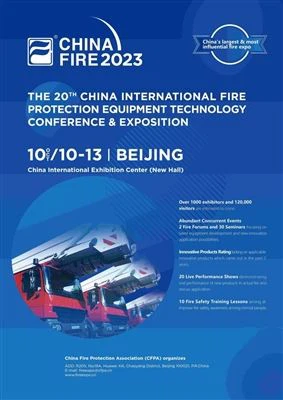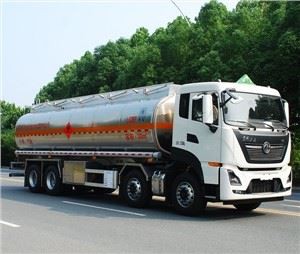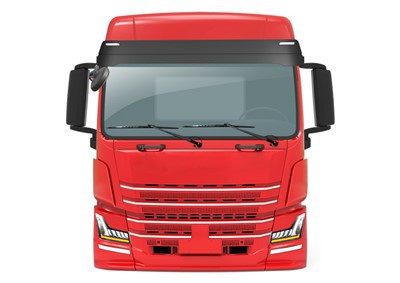Understanding the Truck Rear: Importance, Components, and Safety Tips

Introduction
The rear section of a truck, often referred to as the truck rear, plays a crucial role in the overall functionality, safety, and performance of the vehicle. From the design and components to maintenance and safety regulations, understanding the complexities of the truck rear can significantly benefit truck owners, drivers, and fleet managers. This comprehensive article will delve into everything you need to know about the truck rear, covering its parts, features, maintenance practices, and essential safety recommendations.
The Basics of Truck Rears
1. What is a Truck Rear?
The truck rear is primarily the back section of a truck that houses essential components and often serves as the loading or unloading platform for cargo. This area varies in design and structure based on the type of truck (e.g., pickup, flatbed, semi-trailer) and the purpose it serves.
2. Types of Truck Rears
Understanding the different types of truck rears is essential for proper functionality and usage. Here are the most common types:
- Flatbed: These trucks feature a flat, open bed, providing versatility for transporting large or oversized items.
- Box Truck: With an enclosed cargo space, box trucks are ideal for moving sensitive goods.
- Dump Truck: Designed for hauling heavy materials, these trucks can tilt to dump their loads.
- Reefer Truck: Equipped with refrigeration, these trucks are perfect for transporting perishable goods.
Key Components of the Truck Rear
1. Tailgate
The tailgate is crucial in securing the cargo while providing easy access for loading and unloading. It typically functions either through hydraulic mechanisms or simple latch systems.
2. Bumper
The bumper protects the rear end of the truck and absorbs shocks from rear-end collisions. It is also a mounting point for safety equipment such as reflectors and lights.
3. Lights

Truck rear lights include brake lights, turn signals, and reverse lights, ensuring visibility and communication of the truck’s intentions to other drivers.
4. Suspension System
The suspension affects the ride quality and stability of the truck. Rear suspension systems can vary, with leaf springs and air suspension being common choices for heavy loads.
5. Chassis
The chassis provides structural support to the rear of the truck, housing vital components such as the axle and drivetrain mechanisms.
Maintenance of the Truck Rear
1. Regular Inspections
Conduct routine inspections of the truck rear to identify wear and tear on components such as lights, tailgate latches, and the bumper. Pay attention to signs of rust or damage.
2. Cleaning and Washing
Regularly cleaning the truck rear can enhance its longevity and appearance. Accumulated dirt and debris can accelerate rusting and corrosion.
3. Lubrication of Moving Parts
Ensure that all moving parts, especially those involved with the tailgate and suspension systems, are properly lubricated to prevent malfunctioning or seizing.
Safety Considerations for Truck Rear
1. Proper Loading Techniques
To ensure safety, distribute weight evenly across the truck bed and avoid overloading. Secure all cargo with straps or nets to prevent shifting during transit.
2. Compliance with Regulations
Familiarize yourself with local and federal regulations regarding truck weight limits and safety requirements, including the use of safety markers and lights on the rear of the truck.
3. Utilizing Reflective Equipment

Install reflective tape or signage on the rear of the truck to enhance visibility, especially in low-light conditions or bad weather. This is crucial for alerting other drivers to your presence.
Best Practices for Truck Rear Operations
1. Use of Technology
Consider incorporating GPS tracking and real-time monitoring systems to improve operational efficiency and safety during transportation runs.
2. Training Drivers
All drivers should be trained on safe loading and unloading procedures, including securing cargo and understanding weight distribution.
3. Investing in Quality Accessories
High-quality accessories such as locking tailgates and durable cargo nets can enhance security and prevent accidents during transit.
FAQs about Truck Rears
1. How do I know if my truck rear needs repairs?
Signs of damage, such as rust, misalignment, or any unusual sounds when operating functional components like the tailgate, indicate that repairs may be needed.
2. What should I do if I see a warning light on my truck’s rear lights?
If a warning light appears, check to see if the bulbs need replacing or if there are issues with the wiring or fuses that require attention.
3. Can I modify my truck rear for different uses?
Yes, modifications can be made, such as adding an aftermarket bumper, tailgate, or cargo management systems, as long as they comply with regulations.
4. How often should I clean the truck rear?
It is recommended to clean the truck rear at least once a month, or more often if exposed to harsh conditions, to prevent buildup of dirt and corrosion.
5. Are there special regulations for truck rear safety lights?

Yes, regulations regarding the visibility and function of rear safety lights can vary by region. Always refer to local laws to ensure compliance.
6. What are the dangers of an improperly secured load?
An improperly secured load can shift during transit, posing significant risks such as loss of control, injury to other drivers, and legal repercussions for the driver or company.
Conclusion
Understanding the truck rear’s components, maintenance, and safety considerations is vital for anyone involved in operating or managing trucks. By following the outlined best practices and staying informed about regulations, you can ensure that your truck functions optimally for all your transportation needs.
